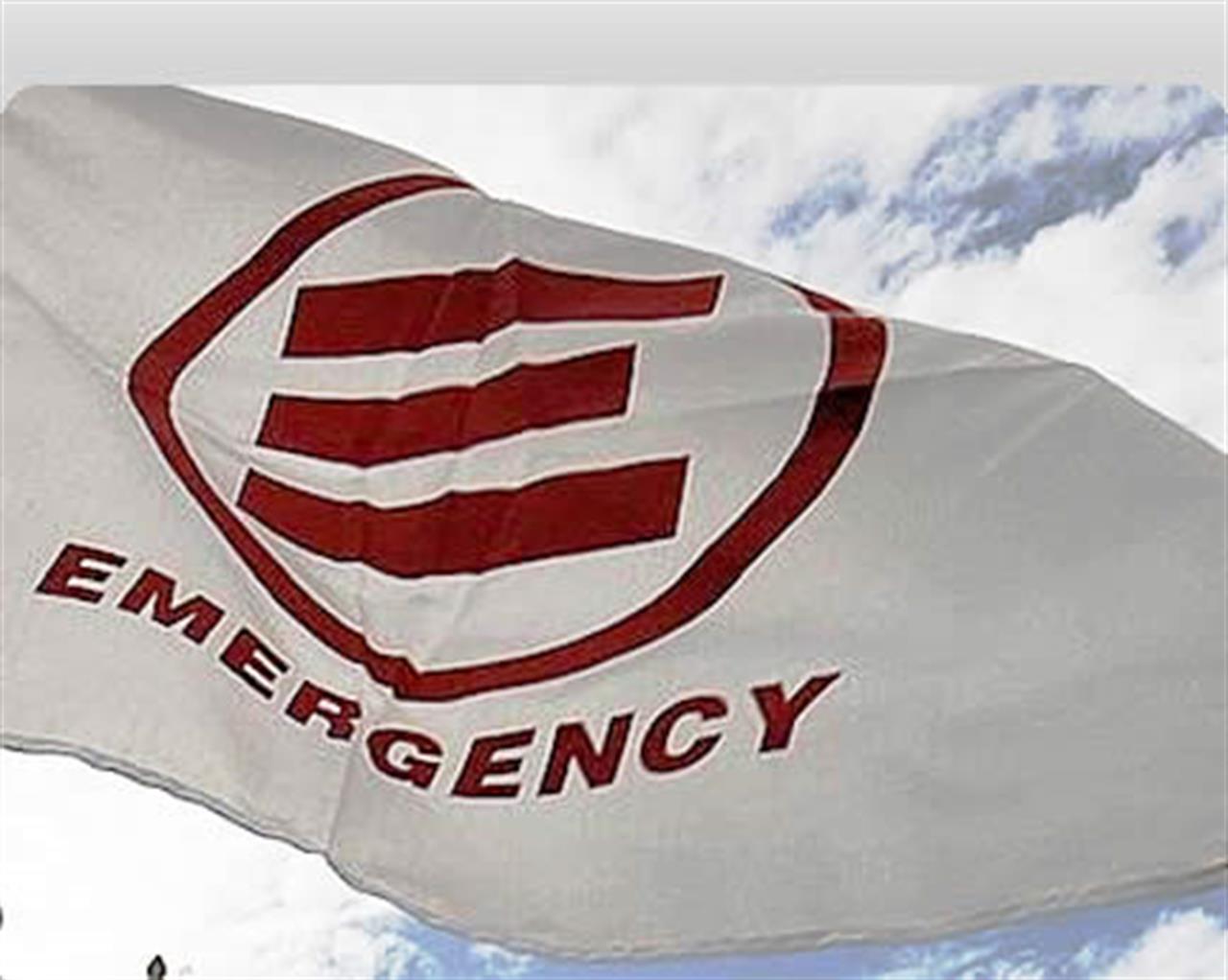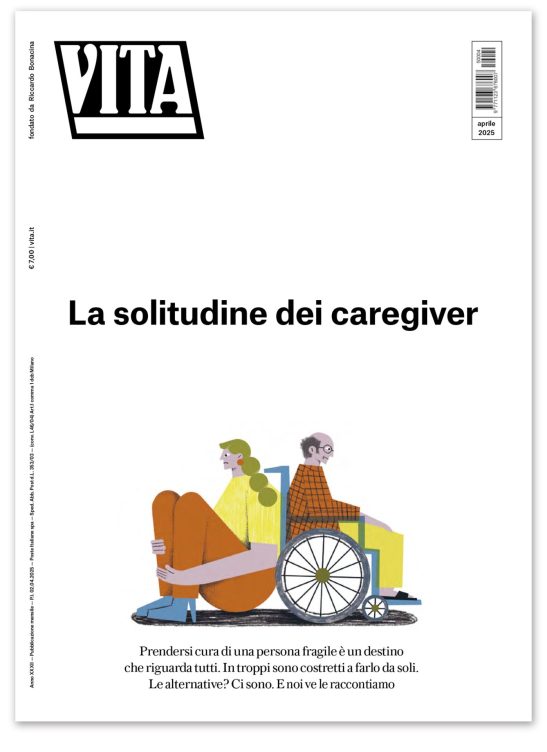Non profit
Controversial medical workers
The truth behind Emergency NGO activities in Afghanistan and its workers' recent release
di Staff

After a week of international speculation on the charity’s role in the war-torn country, the three detained Italian members of Emergency’s medical staff were finally released from custody last April 18 in Lashkar-gah, Afghanistan.
It was a day of relief for the family and the colleagues of the three Italian medical workers. The news was also welcomed by Italian foreign minister Franco Frattini.
But amidst the celebration, questions and fear over the arrests still loom over the NGO community.
Last Saturday, April 10, 2010, was a hard day for Emergency, an Italian NGO which provides health services, arguably one of their hardest. Three Italian Emergency medical workers – Marco Garatti, Matteo Dll’Aira e Matteo Pagani – were arrested by the local police from their Lashkar-gah hospital, in the Helmand province of Afghanistan.
The arrest was made after arms were found in the hospital, but no formal accusations were ever made.
Following the arrests a whirl of facts were confirmed, denied, retracted and remade. The media coverage of the event left most worried and confused.
A lot is being said about the political nature of these aid organizations, in fact it has been speculated that last Saturday’s arrest was a reaction to a belief held by local authorities that Emergency was acting too politically in Afghanistan.
What can be confirmed is that since Emergency set up shop in Afghanistan, in 1999, the organization has played a key role in providing health care services around the country.
The numbers speak for themselves, and leading the pack is 2.5 million – the number of people who have benefitted from the organizations free health care services, in the 11 years that Emergency has been operating out of Afghanistan.
Mujaheddin
Four is the number of hospitals built by the organization in the country.
The first, built in 1999, was initially dedicated to helping the war victims of Anabah, a village in the valley of Panshir controlled by Commander Massud’s Mujaheddin.
In 2003 – the same period that the conflict between the Mujaheddin and the Taliban came to an end – the Panshir hospital set up a pediatrics unit. With a broad set of services, it became a reference point for other hospitals in the region.
That same year a maternity ward was opened in response to high child birth mortality rates – one of the highest child birth mortality rates in the world.
The World Health Organization estimates that every half hour an Afghan woman dies due to labor complications.
In its six years of its existence, more than 7,300 babies have been born in the Panshir center.
First Aid Posts
Emergency operates 28 first aid posts (FAP) across the country, here medical workers act as a first response for the injured or sick. In cases where a person requires more serious care, these posts run a transport service to nearby hospitals.
These centers offer assistance 24 hours a day. They are run by qualified and trained personal, and for hundreds of thousands of people they represent the only available clinic. A fact of particular relevance in mountainous areas and in areas with a high land mine concentration.
Emergency crosses sides
During the Taliban-Mujaheddin conflict, Emergency opened a second center for surgery in Kabul, a city which at the time was governed by the Taliban.
With this second hospital, Emergency is now working to help victims on both sides of the conflict.
This runs contrary to the idea that Emergency has a political agenda or that they have aligned themselves with a certain political group.
An abandoned bomb shelter in the center of the city became the nucleus of the hospital.
The clinic was launched in April 2001, but was then temporarily closed after an armed raid by the Taliban’s religious police.
It reopened in November, 2001, during the American and British led war in the country.
Since its inception, the hospital has helped more than 86,000 patients.
Lashkar-gah
Most recently, Emergency opened its Lashkar-gah hospital, where the news making events took place. The hospital operates in a region that is without any other form of established public health care services or of any surgical facilities.
Since it opened in 2004, 66,000 Afghan citizens have been helped. 46 percent of these patients were injured because of the war.
To date, 41 percent of the hospitals’ patients have been children, another 9 percent women.
Original article by Chiara Daneo for Vita, translation and additional reporting by Courtney Clinton.
Vuoi accedere all'archivio di VITA?
Con un abbonamento annuale potrai sfogliare più di 50 numeri del nostro magazine, da gennaio 2020 ad oggi: ogni numero una storia sempre attuale. Oltre a tutti i contenuti extra come le newsletter tematiche, i podcast, le infografiche e gli approfondimenti.
